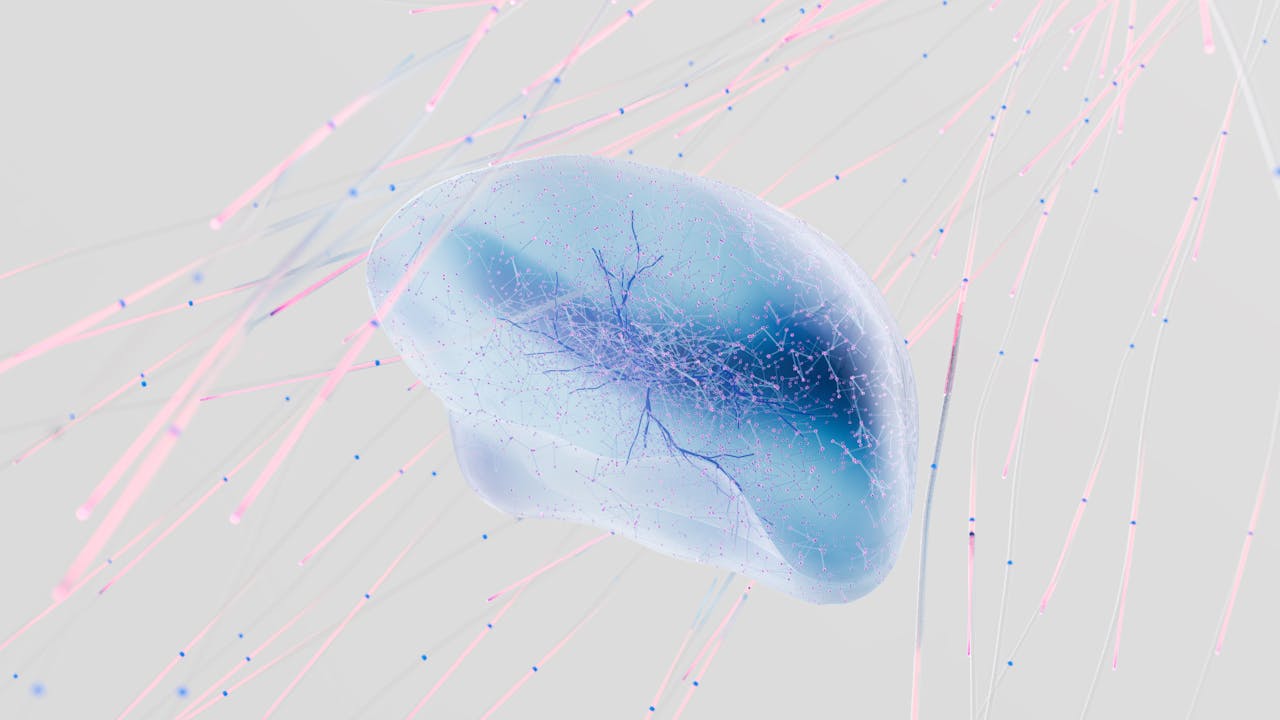News
Children With Behavioral Issues Have 'Differently Structured' Brains
The brains of children who exhibit behavioral problems show different structures, according to scientists, says scienceworldreport.
Hence, children who exhibit "antisocial and aggressive behaviour" tend to have less grey matter volume in many regions of their brains.
Their latest research showed scientists blending brain imaging data from 13 studies, which included 394 youths who have behavioral problems along with 350 youth who displayed typical behaviour.
"We know that severe behavioral problems in youths are not only predictive of antisocial and aggressive behavior in adulthood, but also substance misuse, mental health problems and poor physical health," said Stephane De Brito, lead author of the new paper, in a news release. "For that reason, behavioral problems are an essential target for prevention efforts and our study advances understanding of the brain regions associated with aggressive and antisocial behavior in youths."
Children who displayed behavioral problems showed less grey matter in the amygdala, the insula, and the prefrontal cortex. Such regions are important for "decision-making, empathic responses, reading facial expressions and emotion regulation".
These are important cognitive and affective structures that are reduced in youth with behavioural problems.
"There are a lot of questions still outstanding," said Jack Rogers, one of the researchers. "For instance, prospective longitudinal studies are needed to assess if these structural differences are present early in life and if they persist over a longer period of time. In future research, it will also be important to examine if these brain differences, and the affective and cognitive processes they are involved in, canbe influenced by therapeutic interventions to promote a good outcome in adult life."
The findings are published in the journal JAMA Psychiatry.









Join the Conversation